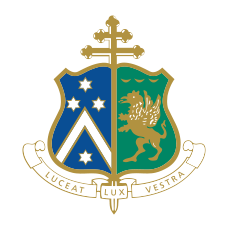Summer Research
My summer project, in summary, involved a detailed analysis of the physical properties of (globular) star clusters of our neighbouring spiral galaxy – M31, typically known as Andromeda. Globular star clusters are one of the oldest objects in the universe. Understanding the chemical composition and physical properties of these clusters, such as the metallicity, can possibly give us hints towards a better understanding of stellar and galactic evolution, or maybe even the evolution of the universe as a whole!
My contribution towards this field of study involved the construction of Colour-Magnitude Diagrams (CMDs) using archived data provided by the Hubble Space Telescope (HST). The CMD is a useful tool for stellar classification, hence constructing these CMDs will help my supervisor to carry out a more detailed investigation into the types of stars hosted within the given cluster. Through this part of the project, I developed a stronger understanding towards Python (a coding language), which used to be foreign to me. As a side activity, I was also given a chance to learn how to calculate the distance to each of the clusters by applying simple physics that I had learned over the two years of my undergraduate degree.
An extension to my project was to experiment the ability of ground-based telescopes in providing images of M31 star clusters. Since the observing time on spacetelescopes like the HST is very limited due to high demand for high-resolution data, astronomers involved in the study of M31 globular clusters may need an alternative imaging method, in order to collect sufficient data for their research. To conclude this experiment, I managed to show that the data provided by a well-known ground-based telescope – Gemini North – is able to provide images of good enough resolution such that the star cluster CMDs generated using these images were sufficiently good. This result suggests that astronomers can start looking into ground-based imaging for faraway clusters such as those in M31, as an alternative to the space-telescope imaging method.

